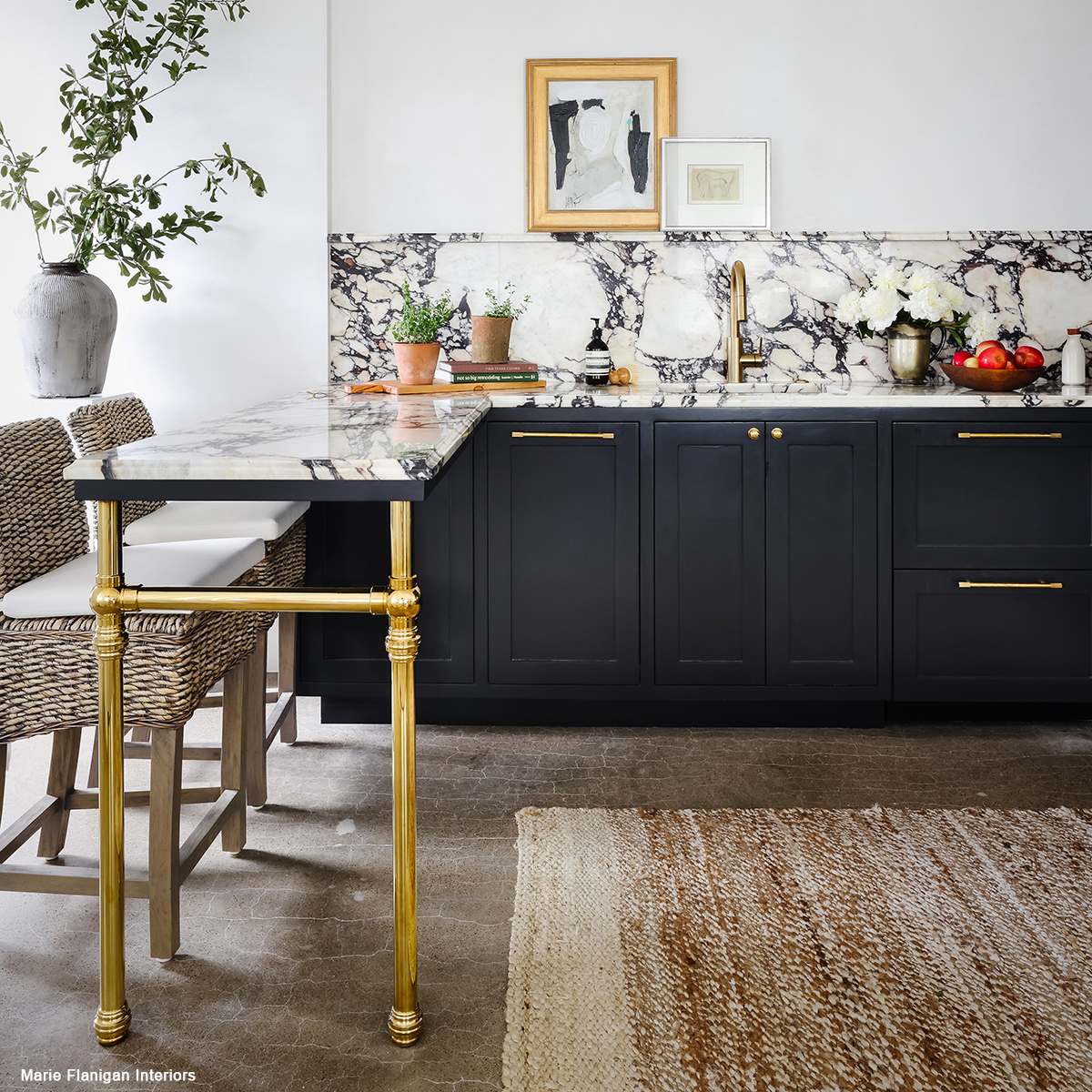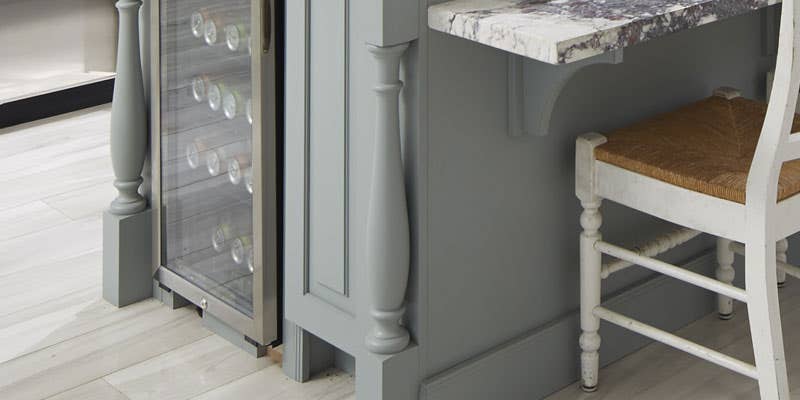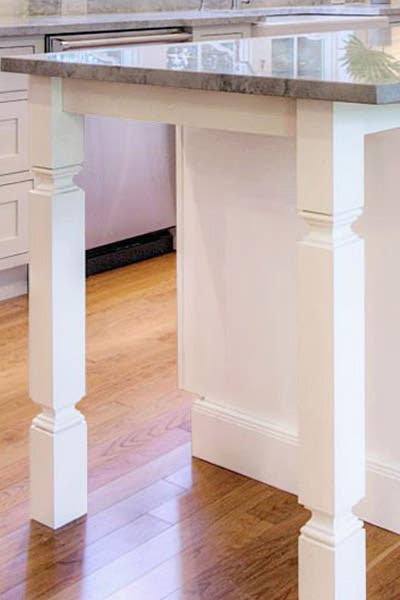Include Charm and Personality to Your Space with Legs For Kitchen Island Creations
Include Charm and Personality to Your Space with Legs For Kitchen Island Creations
Blog Article
Crucial Factors to Consider When Selecting Legs For Kitchen Island
Choosing the suitable legs for a cooking area island involves a mindful assessment of numerous elements that can considerably influence both performance and visual charm. As we explore these aspects, it comes to be clear that each decision can have significant ramifications for the total cooking area experience.
Material Options
When picking legs for a cooking area island, understanding the different product choices is necessary for achieving both visual charm and architectural honesty (Legs For Kitchen Island). The option of product considerably affects not only the longevity of the island but additionally its general style and capability
Metal legs, commonly made from stainless steel or wrought iron, contribute a modern and industrial feel while making certain resilience and stability. These materials are immune to put on and can sustain considerable weight, making them suitable for bigger islands.
Another choice is engineered products, like MDF or plywood, which can be a lot more cost-efficient while still supplying an array of finishes. They might not offer the same degree of stability as solid wood or metal. Legs For Kitchen Island. Materials such as acrylic or glass can develop a contemporary look, though they might need added support to make sure security.
Eventually, the option of product for kitchen area island legs ought to straighten with the preferred performance and the general style of the kitchen area.
Design and Design

When thinking about style, the form and surface of the legs are critical. Tapered legs can supply a sense of lightness and style, while thicker, extra robust legs can convey toughness and stability. Additionally, the coating-- be it repainted, tarnished, or natural-- must complement the cabinetry and counter top materials to create a unified appearance.
Moreover, the style of the legs can additionally reflect individual preference. Customized or ornamental legs, such as those including complex carvings or special geometric shapes, can offer as focal points, including character and individuality to the cooking area. Ultimately, the appropriate option will certainly not just boost functionality however likewise boost the visual appeal, making the kitchen island a standout attribute of the home.
Elevation Factors To Consider
Choosing the ideal elevation for kitchen island legs is important, as it straight affects both functionality and comfort. The conventional elevation for a kitchen island usually ranges from 36 to 42 inches, straightening with common counter top elevations.

It is additionally important to account for individuals' elevations and preferences. Tailoring the height can make certain a comfy experience for all member of the family, making the kitchen island an extra functional and delightful room.
Weight Assistance
Making sure sufficient weight support for kitchen island legs is crucial for both safety and functionality. The cooking area island usually offers numerous purposes, including food prep work, eating, and added storage, demanding a robust support structure. When selecting legs, it is essential to consider the general weight capability required based on the island's intended use and the materials that will certainly be put on it.
The option of material for the legs plays a substantial duty in their weight-bearing capacities. Strong wood, metal, and sturdy composites normally provide exceptional stamina compared to lighter materials. Furthermore, the style of the legs-- whether they are straight, tapered, or have a pedestal form-- can influence their ability to disperse weight properly across the framework.
Additionally, the leg positioning should be purposefully intended to improve security. Legs positioned at the corners or with a broader base can much better support larger lots. Always speak with the maker's specs regarding load restrictions to ensure that the legs can sustain the desired weight without compromising security. In summary, choosing kitchen island legs with adequate weight support is important for producing a useful and risk-free culinary room.
Installment and Maintenance
Proper installment and maintenance of cooking area island legs are crucial for ensuring durability and stability. This frequently includes protecting the you can try this out legs to the island base making use of ideal fasteners, making sure that the legs are level and aligned.
As soon as installed, routine upkeep is essential to preserve the stability and look of the legs - Legs More about the author For Kitchen Island. For wood legs, periodic cleansing with a damp fabric and application of suitable timber gloss can avoid moisture damages and maintain their finish. Steel legs might require a mild cleaning solution to remove oil and gunk, complied with by a completely dry towel to stop rust formation
Furthermore, check the legs frequently for signs of wear or damage, such as cracks or loose joints. Tightening up screws or bolts as needed can also lengthen the life-span of the legs. By adhering to these installation and maintenance practices, homeowners can guarantee that their cooking area island continues to be tough and visually appealing for several years to find.
Verdict

Visual comprehensibility is extremely important in picking the style and layout of legs for a kitchen area island, as these components significantly affect the total atmosphere of the space. Tapered legs can offer a feeling of agility and beauty, while thicker, extra robust legs can communicate strength and security.Choosing the suitable height for cooking area island legs is vital, as it directly affects both capability and convenience. In summary, choosing kitchen island legs with adequate weight support is necessary for producing a risk-free and useful culinary room.
In final thought, choosing legs for a cooking area island necessitates mindful consideration of different variables, consisting of product alternatives, design, height, weight assistance, and installment.
Report this page